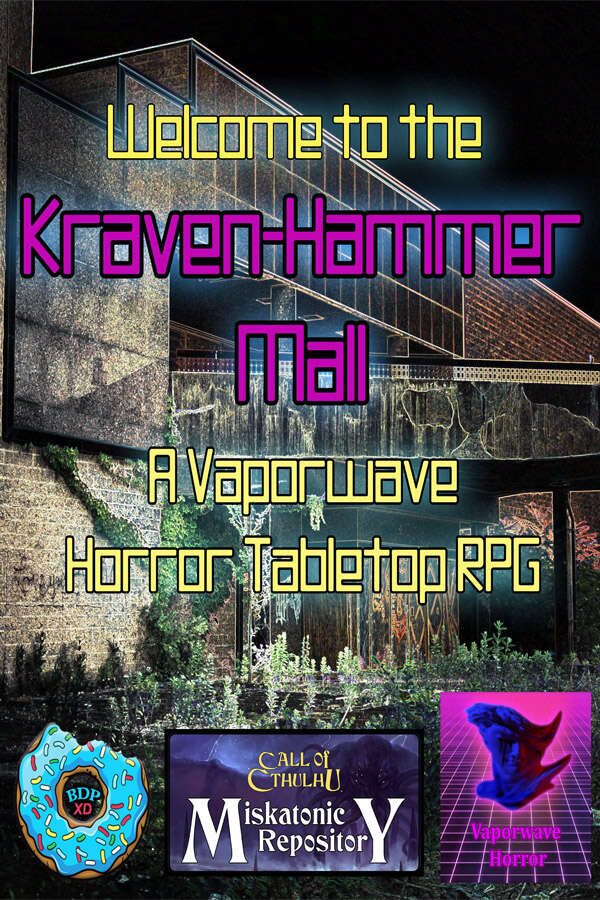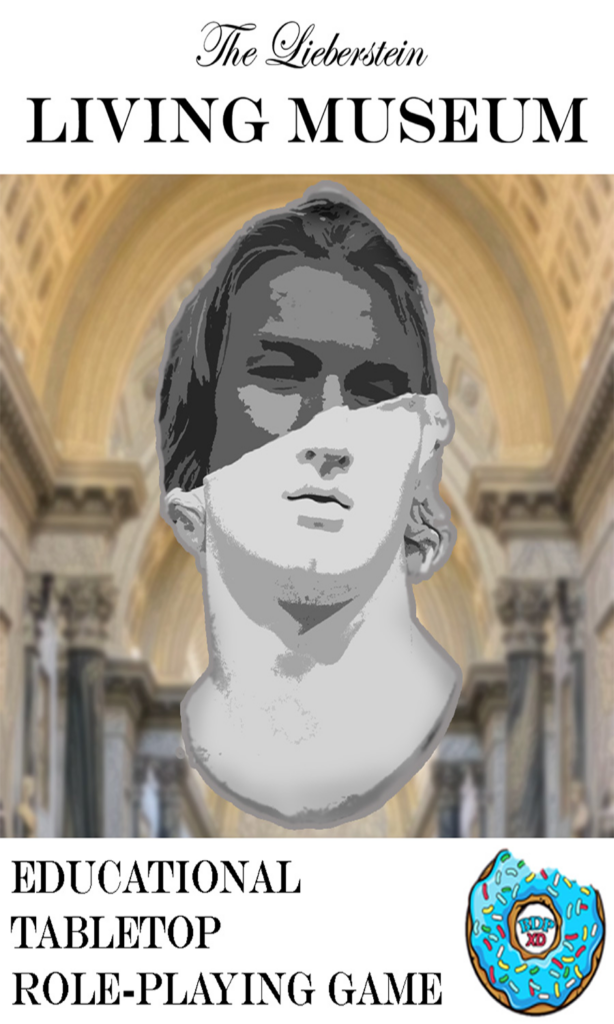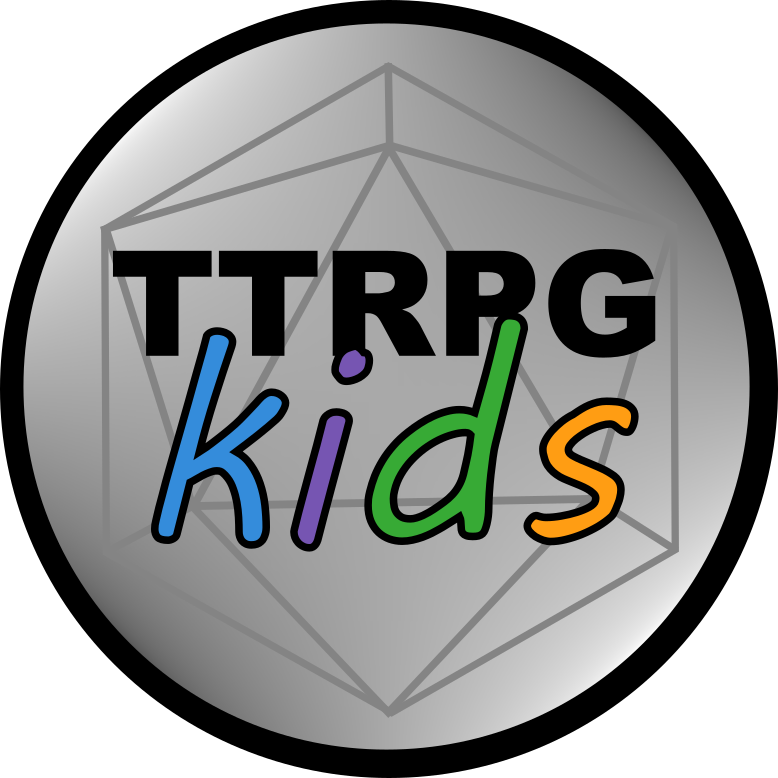Interview with Austin Baker, TTRPG prof
Note: This post may contain affiliate links. At no additional cost to you, I may earn a small commission from purchases made using them. TTRPGkids uses this to help pay for the website. Read full disclosure here.
Can you tell us a little about yourself? What’s your backstory?
My name is Austin Baker, and I’ve been a game player my entire life. It all started with simple fare like Monopoly Junior or Candyland as a child, then to more “party games” during game nights with my older brother and sister-in-law, and now I’m up to more intense things like Betrayal at the House on the Hill and Settlers of Catan.
I grew up in northern Indiana as the son of a teacher and a grain elevator operator, both of whom always taught me to follow my passions and not take life too seriously! During my High School years I was in Boy Scouts and 4-H, both of which helped shape me into the person I am today (not to mention, I hold my rank of Eagle Scout as one of my greatest accomplishments!).
After graduation I attended the University of Indianapolis, where I got a Bachelor of Arts in Experience Design and a second in History; I attended UIndy as a grad student as well, where I earned my MS in Strategic Leadership & Design. Afterwards I stayed on at the University of Indianapolis as an Adjunct in the (sadly now-defunct) Department of Experience Design, where I taught such classes as “Intro to Experience Design,” “Global Experience Design,” and “Experience Mapping and Experiential Marketing.” Sadly, the announcement was made in early 2023 that our Department was going to be sunsetted (and my position with it), which gave me the final little kick I needed to start my own small experience design and gaming business!
When did you start playing TTRPG’s? Do you have one favorite moment from a game?
Though I have always been big into board games and video games, I did not start playing TTRPGs until the year 2019!
One of my closest friends had been a huge D&D player his whole life, but at the time didn’t have a consistent group to play with. So, my wife, two of our friends, and I all agreed to form a D&D group, and we’ve kept it going since.
We’ve evolved from just D&D to also Call of Cthulhu and Star Wars 5e, and I have acted as both a player and DM/GM in multiple campaigns.

As far as my favorite moment goes? That would have to be when I first rolled out my Call of Cthulhu one shot “Welcome to the Kraven-Hammer Mall” (shameless plug, I know!). I was acting as the Keeper and my wife and two of our friends were players, and when we got to the climax of the story I looked over and saw that one of my friends was actually crying due to the emotional connection they had with their character. It took me out of the game for a moment, as I wanted to make sure they were okay, but then I felt a huge swell of pride that this story I’d created had such a strong emotional impact on the players who were engaged with it.
What is your game, “The Lieberstein Living Museum” about?

The Lieberstein Living Museum is an edutainment game designed to teach players about history, archeology, and museum studies in a fun and engaging manner.
Before the game begins, players must choose a historical time period that interests them and then design a “1st person composite” character that could have theoretically existed in that period, complete with backstory, items they might be carrying, and armor/clothing.
These characters then are thrust into a scenario where they are wax figures in the exhibit “Everymen of History”. This traveling exhibition is a celebration of those history has left behind, the common folks of different time periods who were just like me or you. “Everymen of History” is currently doing a temporary stay at the Lieberstein Museum and, unbeknownst to everyone, there is a powerful enchantment that hangs in the air of the Lieberstein… At night, once the doors are closed and all the guests have left, everything in the museum comes to life!
Players must find a way out of the museum before morning, or else they will return to their original states and be shipped off to the next museum on the tour, doomed to forever remain figures of wax….
How have you used “The Lieberstein Living Museum” (or other TTRPGs) with your students? What impact did using games have in your classroom?
The “Lieberstein Living Museum” actually originated as a project in my “Global Experience Design” class!
Since 2018, during our unit on Living History, Cultural Heritage Tourism, and LARPing, I have included a project for my students in which they were tasked with creating a historical character that would be part of a Living History Museum or Cultural Heritage Site.
However, for the first few years students seemed to struggle to connect with the characters they created; yes, they did the project fairly well, but nine times out of ten it would be presented in the form of a powerpoint presentation like a report in a high school history class. I tried several variations on the project until, in 2022, it finally hit me… The best way for students to relate to the character was to “become” them!
In the Fall of 2022 I wrote out the rules for the “Lieberstein Living Museum” and told my students that they weren’t doing a presentation, but rather they were going to use these characters to play an RPG scenario.
Naturally, this was hit and miss with the students in the class (it was a General Education credit course, after all). There were a handful of students who simply avoided the assignment altogether, though the ones who did show up and participate had a wonderful time and created several fantastic experiences over the two class sessions in which we played it!
On the next set of reflection papers, I had several students mention that, even though they’d never played D&D or any TTRPG before, they had a great time and wanted to learn more about the genre. Others claimed that they actually got way more into this project than they would have if they’d just been asked to write a paper or do a powerpoint, and a few of the students even said they were going to use their character in further RPG experiences down the line.
I truly believe that role-playing games in the classroom are the ultimate form of engagement with the content, no matter what age group you are dealing with!
What advice do you have for people who are new to TTRPG’s or who are looking to introduce a new player (kids, teens, or adults)?
My one piece of advice is – Take the plunge!
I can guarantee you that anyone who isn’t already an RPG player is going to be skeptical at the concept, mostly thanks to the negative portrayals we traditionally see in Western media (I actually did an entire 40-minute lecture on this subject, but I digress…).
However, even if they are skeptical or hesitant to participate, give them a little push and watch the magic happen!
When I ran this game in my college classroom there were several students who felt they were “too cool” to participate at the beginning and didn’t really take it seriously, yet by the end of the second day they were on the edge of their seats, cheering on their classmates’ characters and getting into every puzzle and decision that had to be made.
Another big thing that you have to remember when introducing TTRPGs to new audiences is that they need to be eased into it (particularly teens and adults); give them a few “easy victories” at the beginning or a few low-stakes rolls to put their mind at ease, and then ramp up the challenge as you go further into the story.
Are there any other key points, shout outs, or last bits of info you’d like to share?
First and foremost, an educational game needs to be FUN!
I think so often we fall into the trap of academia being “serious business,” to the point where the students are bored out of their minds and thus never absorb anything we’re trying to teach them.
By using games in the classroom we can stimulate hands-on and “Minds On” engagement (see Roy Underhill’s wonderful book Khrushchev’s Shoe for more about “minds on” thinking) with the class content, and more importantly we can create memories that these students will keep with them for the rest of their lives.
I can still remember the fun historical jingles we learned in Miss Holderread’s 5th grade class or the “Living Museum” we did for Mrs. Sumpter, and I’ll never forget the way Mr. Cosner helped me learn German with all of the gamified activities he did in High School or the “Duck and Cover” video we had to make for Mrs. Kayser’s AP History class; I can say firsthand that if you make your learning experience fun, it WILL be remembered by your students!
Thank you Austin for sharing your XP about educational TTRPGs and for creating an awesome game to help students engage with learning!
If you liked this post, make sure to subscribe to the TTRPGkids monthly newsletter to stay up to date on the latest reviews, tips and tricks, game and podcast list updates, and more! Thank you for playing tabletop RPGs with your kids and sharing this awesome hobby with the next generation!


